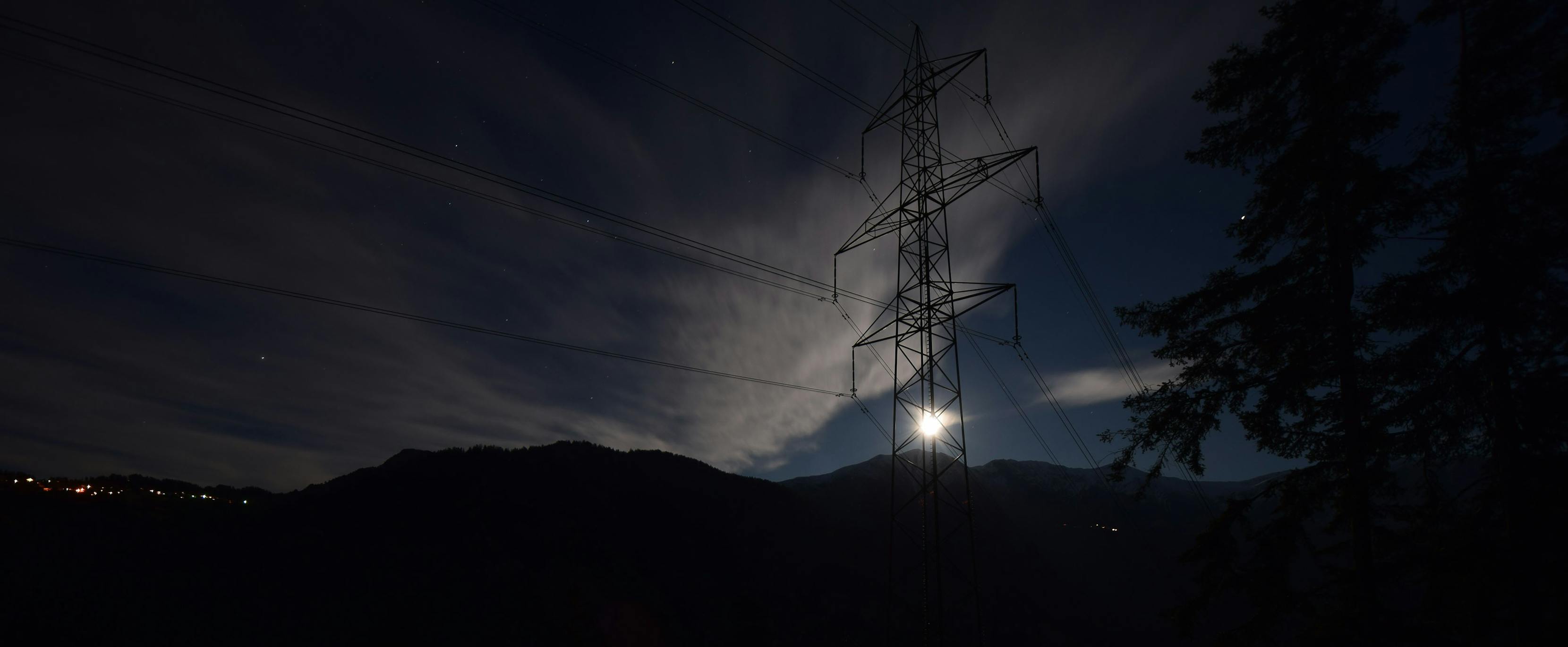
High above Rhäzüns, Swissgrid replaced the pylon of a 380-kilovolt line in a construction period lasting only two months. This was no run-of-the-mill project, which is why the work was recorded with a camera. The autumn of 2020 flies by on the camera in time lapse mode. The sunny backdrop transforms into foggy autumn days and a snow-covered landscape. Pylon 29 stands in the foreground. It is part of the extra-high-voltage line between Bonaduz and Sils, which is important for transporting energy from the hydropower plants in Grisons. The background shows the imposing alpine world in the canton of Grisons.
Project Manager Robert Widmer explains in this interview why the pylon had to be replaced and provides details on the course of the project.
Why did pylon 29 need to be replaced?
We detected rust. This created the risk that the pylon would no longer be able to withstand a future extreme weather event, such as a storm.
Does rust normally occur on high-voltage pylons?
No, but pylon 29 was built in 1960 as a «Vögeli» pylon. «Vögeli» pylons were an invention of the post-war period. As steel was scarce, old, thin-walled sections of gas pipelines were used for the structure and were then filled with concrete. The steel-saving construction has one critical disadvantage. The pipes can start to rust internally without this being noticed at first. While these rust spots are detected and repaired during maintenance, new, initially unnoticed rust spots can constantly pop up. And, just like many others, pylon 29 was not immune to rust. This fact and two other important considerations convinced Swissgrid to replace the pylon. Firstly, the pylon has to withstand strong forces because it is located on a rocky outcrop. Secondly, it also has an antenna. This increases the area exposed to the wind. As a result of global warming, we are expecting a rise in the number of extreme weather events, including windstorms, which can present a risk for the pylon. Other «Vögeli» pylons are still in use in Switzerland. Swissgrid checks them on a regular basis and performs any necessary repairs.
How did the project proceed?
Planning for the replacement commenced at the end of January 2020. On 23 September we received the construction permit. The line with the new pylon was put into operation just two months later on 20 November. In this short amount of time, the foundation was built, the new pylon installed and the old one removed. Thanks to the outstanding support of everyone involved in the project, the new pylon was standing just 10 months after the start of the project.





